Introduction
Prefab houses are gaining traction in the modern construction landscape, and for good reason. As more people seek affordable housing solutions, understanding the costs associated with these structures becomes crucial. You might be wondering, Is it cheaper to build a prefab house? The answer isn't straightforward, but it's worth exploring.
Understanding Prefab Houses and Costs
Prefab houses, or prefabricated homes, are constructed off-site and then assembled on your property. This method can significantly reduce construction time and labor costs, but it also comes with its own set of financial considerations. At PreFab Inc., we believe that a thorough understanding of prefab costs is essential for potential homeowners who want to make informed decisions about their investments.
The Allure of Prefab Construction
One of the main attractions of prefab construction lies in its efficiency and speed; homes can often be built in a fraction of the time compared to traditional methods. Additionally, many prefab designs offer modern aesthetics and sustainable features that appeal to eco-conscious buyers. When pondering whether is it cheaper to build a prefab house, many find that the allure extends beyond just cost savings—it's about embracing innovative living solutions.
Key Financial Considerations
While the idea of building a prefab house may seem financially appealing at first glance, several key factors come into play that could affect overall affordability. From land acquisition to utility connections, these additional expenses can quickly add up and impact your budget significantly. Therefore, it's essential to consider all financial aspects before deciding if a prefab home is right for you—after all, knowledge is power when it comes to making smart investments with PreFab Inc.
Is It Cheaper to Build a Prefab House?
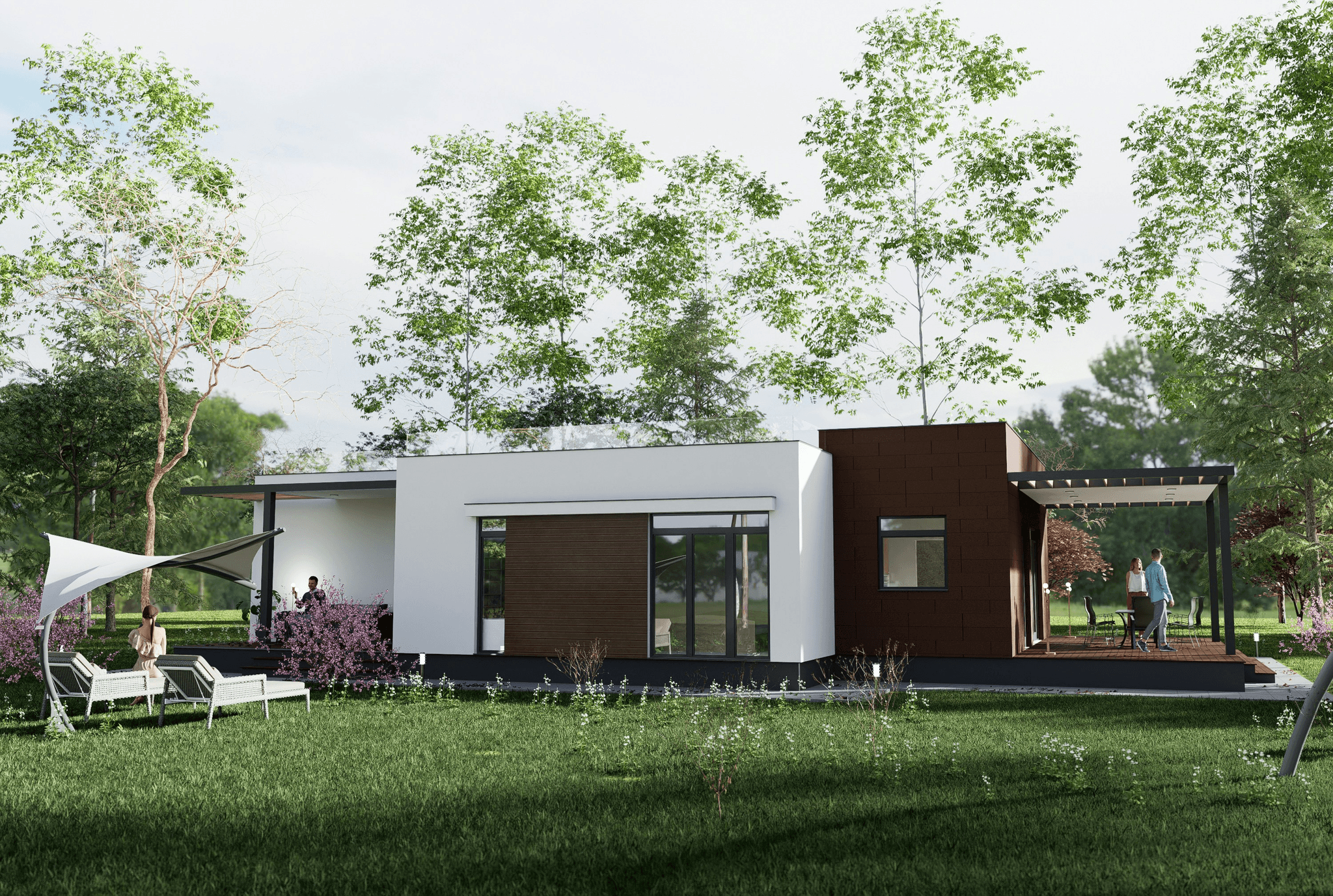
When considering the construction of a new home, many potential homeowners ask themselves, Is it cheaper to build a prefab house? The answer isn't as straightforward as one might think, as affordability can vary based on numerous factors. However, prefab homes often present an attractive option for those looking to cut costs without sacrificing quality.
Analyzing Overall Affordability
To determine whether it's cheaper to build a prefab house, we must look at overall affordability. Prefab homes typically come with lower initial costs due to streamlined manufacturing processes and reduced labor expenses. Additionally, their efficient construction timeline often translates into savings on temporary housing and financing costs during the building process.
However, while the upfront expenses may be lower, it’s essential to consider long-term financial implications. For example, energy-efficient designs in many prefab models can lead to significant utility savings over time—making them more affordable in the long run. Thus, analyzing overall affordability involves not just initial investment but also ongoing operational costs.
Cost Comparison with Traditional Homes
When comparing prefab houses with traditional homes directly, many find that the question of is it cheaper to build a prefab house leans toward yes for several reasons. Traditional homes often incur higher labor costs due to custom builds and longer construction periods; these factors can inflate prices significantly. In contrast, prefab houses benefit from economies of scale in production and faster assembly times that help keep prices down.
That said, it’s crucial to account for additional expenses associated with land acquisition and site preparation when making this comparison. While base prices for prefab units may be lower than traditional counterparts, hidden costs could narrow that gap considerably if not planned for correctly. Therefore, conducting a thorough cost comparison is vital in understanding whether choosing a prefab home is indeed the more economical route.
Factors Influencing Price Variability
Several factors influence price variability when asking if it is cheaper to build a prefab house compared to traditional options. Location plays a significant role; land prices can differ dramatically from one region to another and can greatly impact overall project costs. Furthermore, local building codes and regulations might necessitate additional modifications or permits that could raise the final price tag of your new home.
The choice of materials also significantly affects pricing—opting for high-end finishes or sustainable materials can quickly shift your budget upward despite the initial cost advantages of prefabs. Lastly, customization levels will influence how much you end up spending; while basic models are generally more affordable than custom builds of traditional homes, extensive personalization can lead you down a pricier path than expected.
Hidden Costs of Prefab Homes
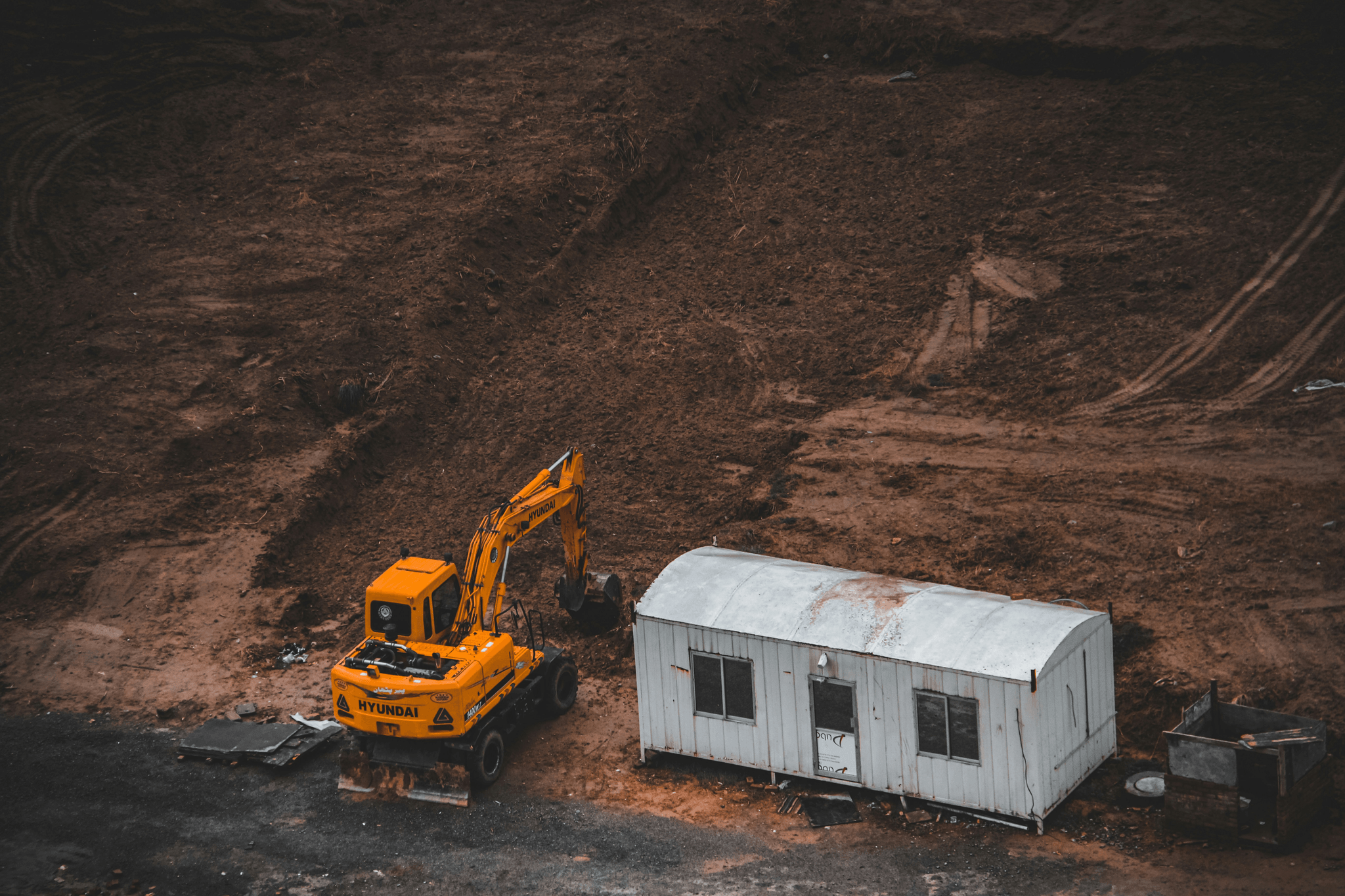
While prefab homes often tout affordability, potential homeowners should be mindful of hidden costs that can quickly add up. It's essential to ask, Is it cheaper to build a prefab house? The answer may depend on understanding these additional expenses that can impact your overall budget.
Land Acquisition and Preparation
First on the list of hidden costs is land acquisition and preparation. Purchasing a suitable plot for your prefab home can be more expensive than anticipated, especially in desirable locations. Additionally, you’ll need to consider the expenses associated with clearing the land and ensuring it’s ready for construction—this includes grading, soil testing, and possibly even environmental assessments.
Before diving into your dream of owning a prefab home, it's wise to budget for these expenses upfront. The question is it cheaper to build a prefab house becomes more complex when factoring in these initial costs. PreFab Inc. recommends conducting thorough research on land prices in your desired area to avoid any unpleasant surprises later on.
Utility Connections and Permits
Next up are utility connections and permits—two crucial elements that can sneakily inflate your overall costs. Connecting water, electricity, gas, and sewage systems requires not only time but also financial investment in permits and installation fees. Depending on where you live, local regulations may necessitate various inspections or approvals before you can move forward with construction.
When pondering whether is it cheaper to build a prefab house, remember that securing these utilities could significantly affect your budget if not planned properly. PreFab Inc.'s team advises potential buyers to contact local utility providers early in the process for accurate estimates regarding connection fees and timelines. Being proactive about this aspect will help keep those hidden costs from derailing your project.
Transportation and Installation Fees
Finally, let’s talk about transportation and installation fees—an often overlooked but critical component of building a prefab home. The cost of transporting the modular sections from the factory to your building site can vary dramatically based on distance and logistics involved in navigating challenging terrains or urban environments.
Once the components arrive at their destination, skilled labor is needed for assembly—a process that might require specialized contractors familiar with prefab construction techniques. When assessing whether is it cheaper to build a prefab house, don’t forget these transportation and installation expenses; they could tip the scales toward traditional building methods if not accounted for properly.
In conclusion, while there are many advantages associated with choosing a prefab home through PreFab Inc., being aware of these hidden costs is crucial for making an informed decision about affordability.
Financing Options for Prefab Houses
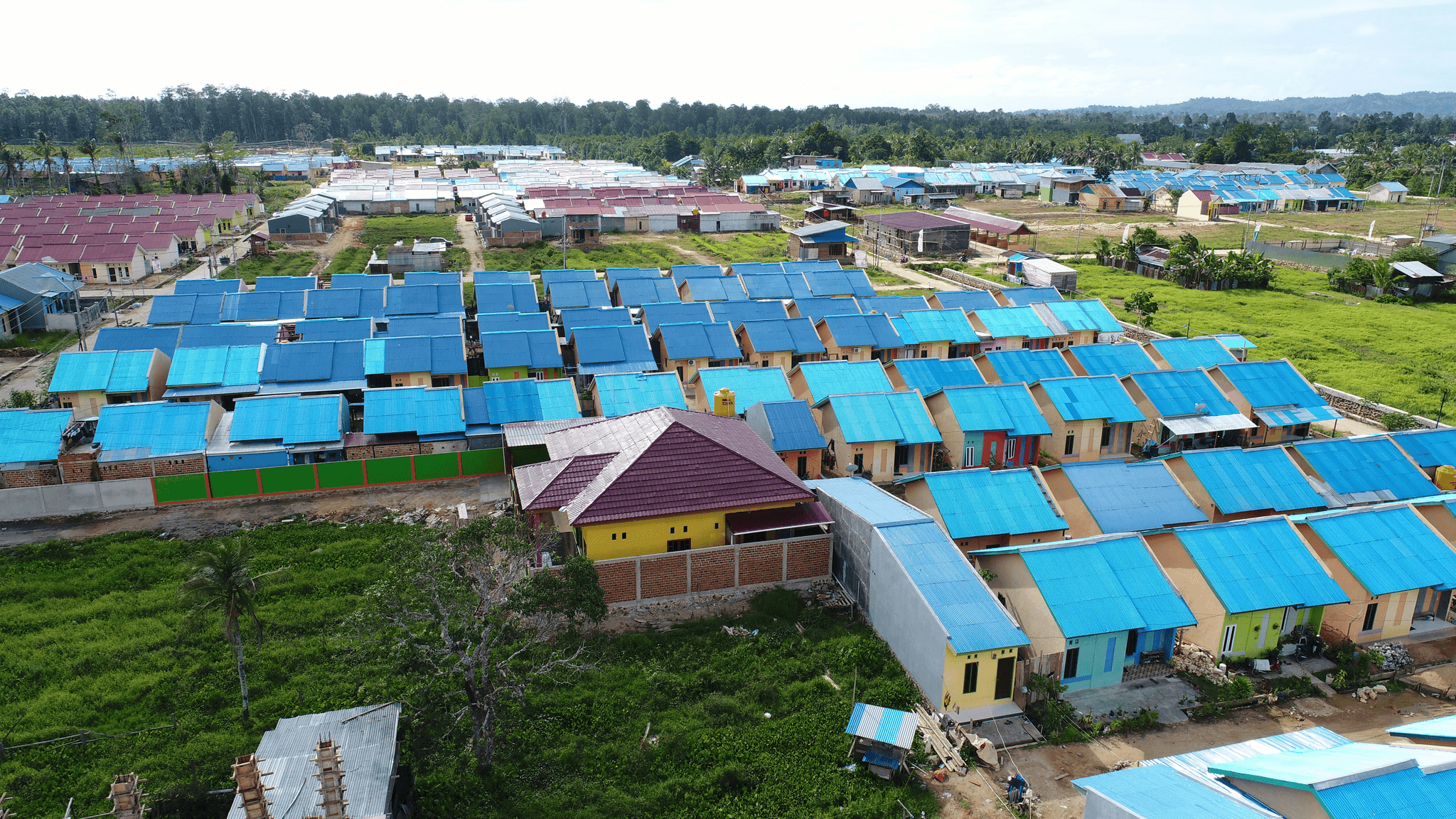
Navigating the financing landscape for prefab houses can be a bit like assembling a puzzle: it requires patience and the right pieces. With various options available, potential homeowners often wonder, Is it cheaper to build a prefab house? Understanding these financing avenues can help you determine the best path forward while keeping your budget intact. PreFab Inc. is here to guide you through this exciting journey.
Traditional Mortgages Explained
Traditional mortgages are one of the most common ways to finance any home purchase, including prefab houses. These loans typically involve a fixed or adjustable interest rate and require a down payment that ranges from 3% to 20%. However, when considering is it cheaper to build a prefab house, it's essential to note that lenders may have specific requirements for prefab homes, such as appraisals or inspections that could affect your mortgage approval process.
When applying for a traditional mortgage for your prefab home, keep in mind that some lenders might categorize these homes differently than traditional stick-built houses. This classification can impact loan terms and conditions, potentially influencing overall affordability. Therefore, working with financial institutions familiar with prefab construction is crucial in ensuring you get the best deal possible.
Specialized Loans for Prefab Construction
If you're asking yourself is it cheaper to build a prefab house, specialized loans may offer more tailored solutions compared to traditional mortgages. These loans are designed specifically for modular or manufactured homes and often come with favorable terms suited to their unique construction process. For instance, construction-to-permanent loans allow you to secure financing during the building phase and convert it into a standard mortgage once your home is complete.
Another option is FHA Title I Loans, which cater specifically to homeowners looking at manufactured homes or those built on-site but classified as personal property rather than real estate. These loans often have lower down payment requirements and less stringent credit criteria compared to conventional loans—making them an attractive choice if you’re considering whether it's cheaper to build a prefab house versus other types of homes.
With options like these available through PreFab Inc., finding the right financial fit can ease some of the stress associated with purchasing your dream prefab home.
Grants and Incentives Worth Exploring
As we dive deeper into financing options, exploring grants and incentives can also play an essential role in making your dream of owning a prefab home more affordable. Various state and federal programs aim to promote energy efficiency and sustainable building practices; many of which apply directly to prefabricated constructions as well! If you're still pondering is it cheaper to build a prefab house, these grants could potentially offset costs significantly.
For instance, programs offered by organizations like the U.S Department of Energy provide funding opportunities for energy-efficient upgrades or renewable energy installations on new builds—including prefabs! Additionally, local governments may offer tax credits or rebates designed specifically for green building practices that could save you money in both upfront costs and long-term utility bills.
At PreFab Inc., we encourage prospective homeowners not only to seek out traditional financing but also actively research any grants or incentives they might qualify for—because every little bit helps when determining if it's cheaper overall!
Energy Efficiency and Long-Term Savings
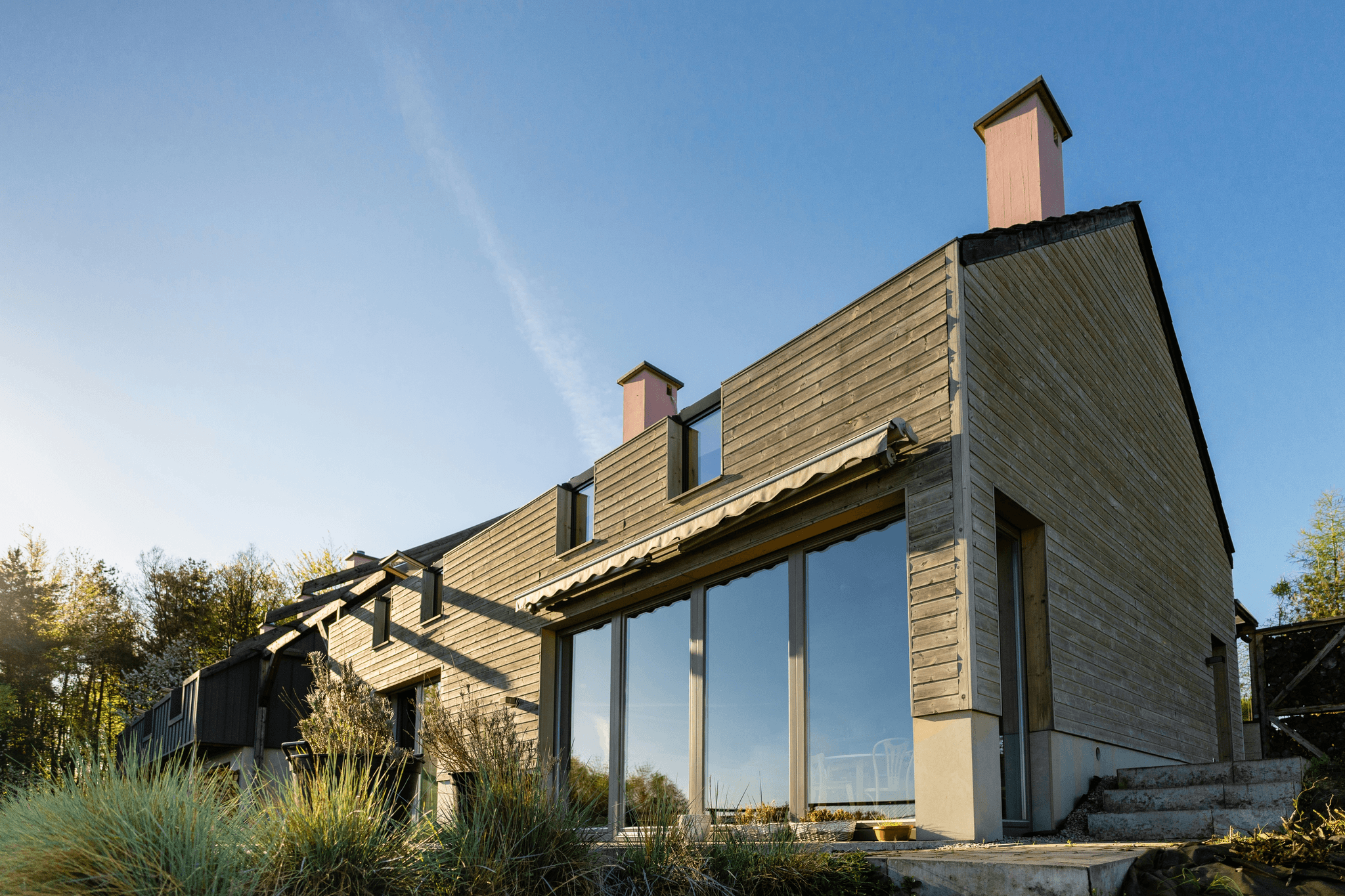
When considering whether it is cheaper to build a prefab house, energy efficiency plays a significant role in the overall cost equation. Prefab homes often utilize sustainable materials and innovative designs that can lead to substantial long-term savings on utility bills. By investing upfront in energy-efficient features, homeowners may find that their monthly expenses decrease, making prefab homes an attractive option for budget-conscious buyers.
Cost Benefits of Sustainable Materials
One of the most compelling reasons to consider prefab construction is the use of sustainable materials, which can significantly reduce costs over time. These materials are often not only more environmentally friendly but also designed for durability and efficiency. For instance, PreFab Inc. focuses on sourcing recycled or sustainably harvested materials that minimize waste and lower the carbon footprint—an appealing prospect for those asking if it is cheaper to build a prefab house.
Moreover, sustainable materials can enhance insulation properties and reduce energy consumption, leading to lower heating and cooling costs throughout the year. When you factor in these savings alongside potential government incentives for using eco-friendly products, it becomes clear that choosing sustainable options can be financially advantageous in the long run. Therefore, investing in these materials might just be one of the smartest decisions when planning your prefab home.
Utility Savings with Prefab Designs
Prefab homes are not only built faster but also incorporate designs that maximize energy efficiency from day one. Many manufacturers focus on optimizing natural light and airflow within their structures, which reduces reliance on artificial lighting and climate control systems—two major contributors to high utility bills. When pondering whether it is cheaper to build a prefab house, remember that these thoughtful designs can translate into significant monthly savings.
Additionally, modern prefab homes often come equipped with energy-efficient appliances and smart home technology that further curtail energy usage. By integrating such features right from construction, homeowners like those working with PreFab Inc. can enjoy reduced utility costs while maintaining comfort throughout their living spaces. Thus, opting for a well-designed prefab home could lead to substantial financial relief over time.
Tax Benefits for Energy-Efficient Homes
Another enticing aspect of building a prefab home is the potential tax benefits associated with energy-efficient designs and materials used during construction. Many states offer tax credits or deductions for homeowners who invest in renewable energy sources or who meet specific energy-efficiency standards set by local governments or organizations like ENERGY STAR®. This means you could save even more money when determining if it is cheaper to build a prefab house versus traditional options.
These incentives can significantly offset initial costs associated with purchasing or constructing your new home through PreFab Inc., making it an even more appealing choice financially speaking. Furthermore, as society increasingly prioritizes sustainability and environmental responsibility, these benefits may continue evolving—providing future homeowners with even more reasons to consider prefabricated options seriously. Ultimately, taking advantage of available tax benefits adds another layer of financial wisdom when deciding how best to invest in your future home.
Real-Life Examples of Prefab Savings
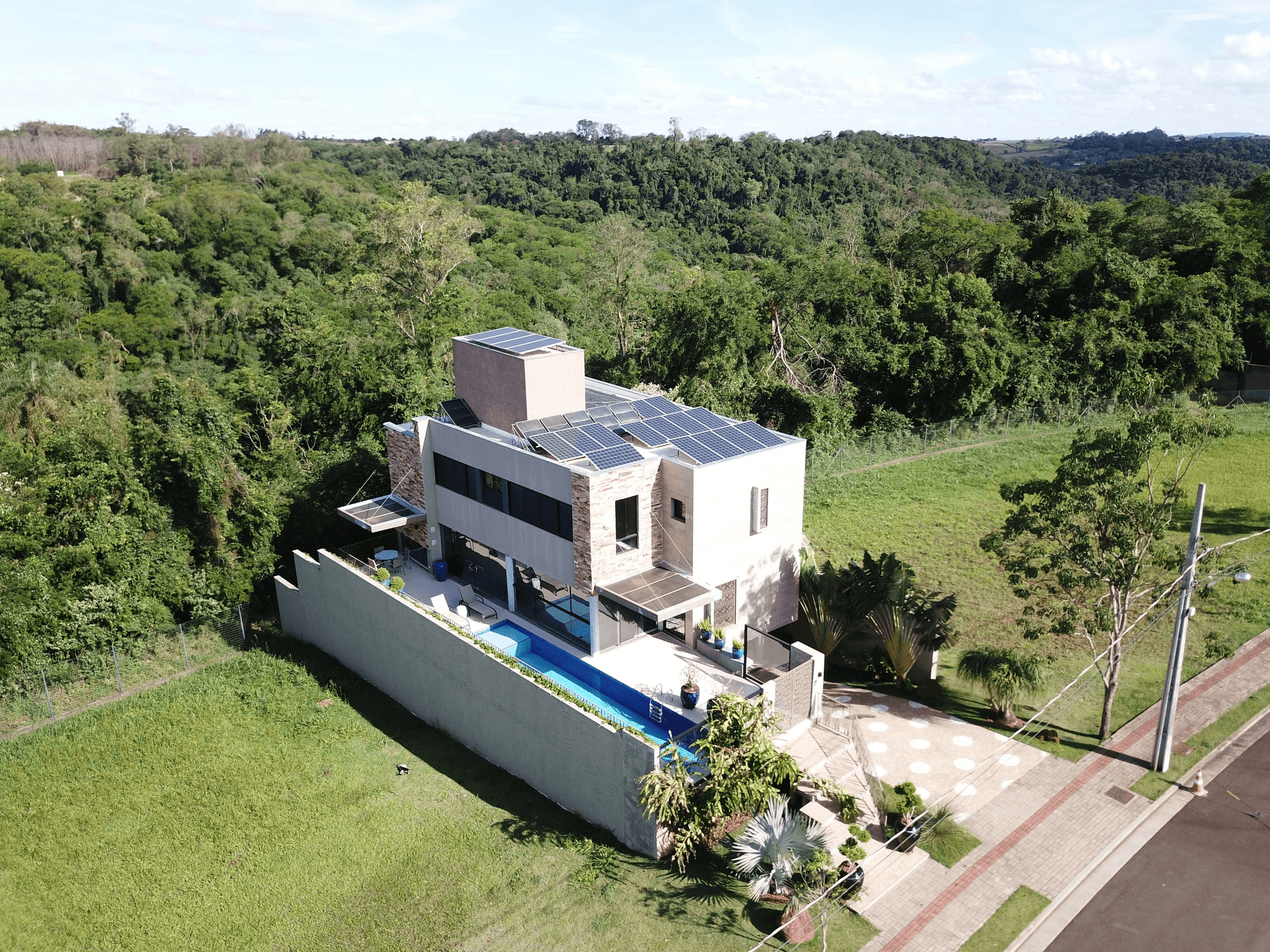
In the quest to determine if it is cheaper to build a prefab house, real-life examples can provide invaluable insights. By examining successful prefab projects, potential homeowners can glean practical lessons on affordability and efficiency. Here, we explore two noteworthy case studies that showcase the financial benefits of prefab construction.
Case Study: GreenPod Development
GreenPod Development is a prime example of how modern prefab homes can lead to significant savings without compromising on style or sustainability. Located in various eco-friendly communities, these homes are designed with energy efficiency in mind, often resulting in lower utility bills compared to traditional houses. For those asking, is it cheaper to build a prefab house? GreenPod's innovative designs suggest that not only are upfront costs manageable but long-term savings are also substantial due to reduced energy consumption.
One standout project from GreenPod features a sleek design that integrates sustainable materials and smart technology. Homeowners have reported saving anywhere from 20% to 40% on their monthly utility bills thanks to these energy-efficient features. This case study reinforces the notion that investing in a well-planned prefab home can yield financial benefits over time.
Case Study: Method Homes
Method Homes takes the concept of affordable housing further by offering customizable options that cater to diverse budgets and tastes. Their approach allows clients to personalize their spaces while still benefiting from cost-effective building practices. If you’re pondering whether it is cheaper to build a prefab house, Method Homes provides compelling evidence through its streamlined construction process and innovative designs.
One notable project involved creating an entire neighborhood of modular homes designed for maximum energy efficiency and aesthetic appeal. The homeowners experienced significant savings not just during construction but also through reduced maintenance costs over time. Method Homes exemplifies how thoughtful design choices can lead directly to financial advantages for those looking into prefabricated options.
Lessons Learned from Successful Builds
The experiences gleaned from companies like GreenPod Development and Method Homes highlight several key takeaways when considering if it is cheaper to build a prefab house. First, understanding the total cost—beyond just initial pricing—is crucial; hidden expenses such as land preparation and utility connections can impact overall affordability significantly. Second, choosing builders who prioritize sustainability often leads not only to environmental benefits but also considerable long-term savings.
Finally, engaging with reputable firms like PreFab Inc., which specializes in affordable housing solutions, ensures that prospective homeowners receive expert guidance throughout the building process. Armed with knowledge from these real-life examples, future buyers will be better equipped to navigate their own journeys toward achieving an economical yet stylish living space.
Conclusion
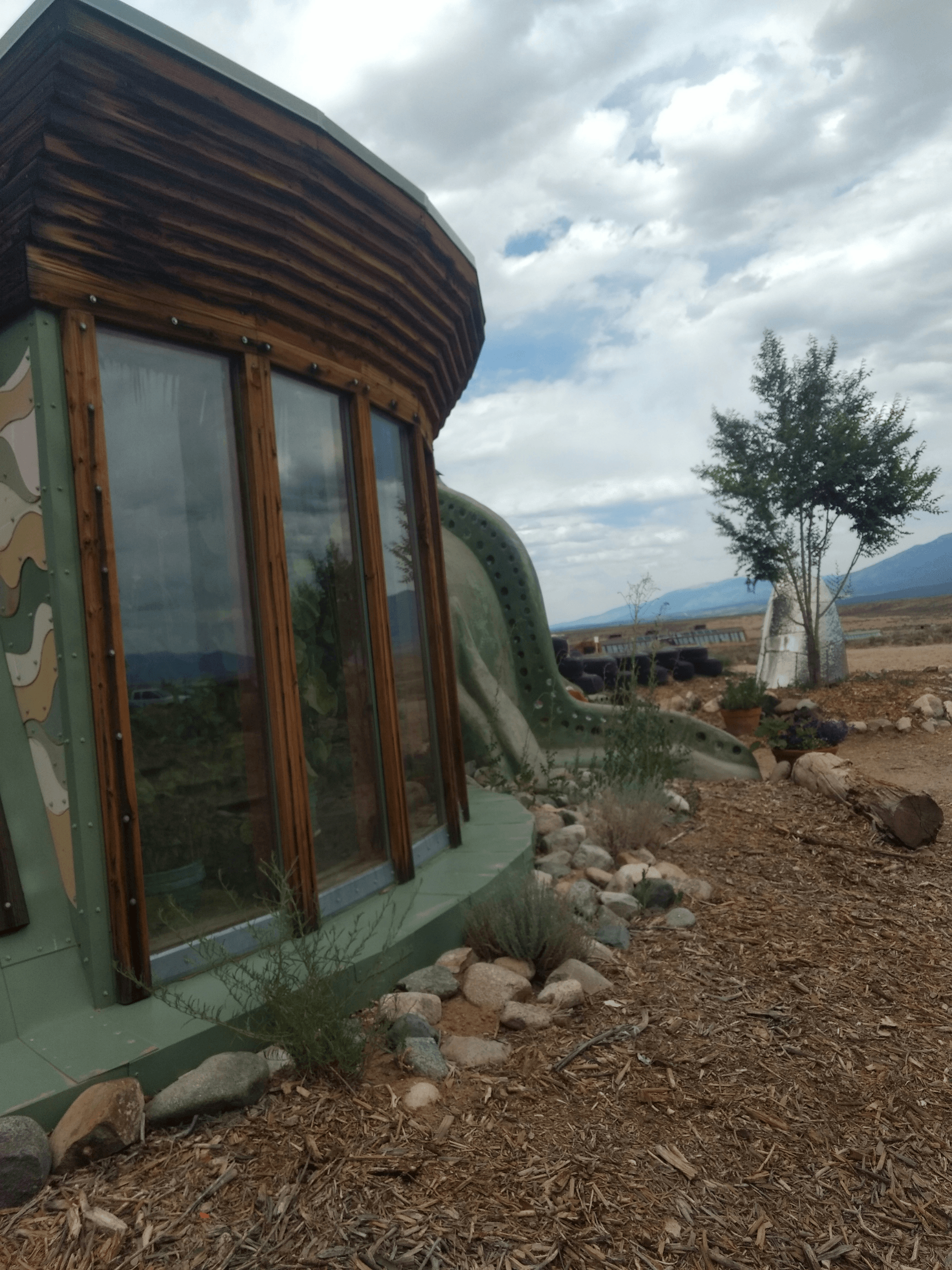
In the grand debate of home construction, prefab houses stand out as an intriguing option. As we’ve explored, the question of is it cheaper to build a prefab house hinges on various factors including location, design choices, and market conditions. While prefab homes often promise cost savings and efficiency, it's essential to weigh these benefits against potential drawbacks such as hidden costs and financing hurdles.
Weighing Pros and Cons of Prefab Homes
When considering whether is it cheaper to build a prefab house, it's crucial to assess both advantages and disadvantages. On one hand, prefab homes can significantly reduce construction time and labor costs; on the other hand, they may involve unexpected expenses that can add up quickly. For instance, while companies like PreFab Inc. offer streamlined processes that enhance affordability, land acquisition and site preparation can still pose challenges that impact overall savings.
The Future of Prefab Housing Developments
Looking ahead, the future of prefab housing developments seems promising as technology advances and sustainability becomes a priority for many homebuyers. With increasing interest in eco-friendly living spaces, manufacturers are innovating designs that not only appeal aesthetically but also contribute to long-term savings—reinforcing the notion that is it cheaper to build a prefab house is more relevant than ever. Companies such as PreFab Inc. are at the forefront of this movement, pushing boundaries in efficiency while maintaining quality standards.
Final Thoughts on Affordability and Value
Ultimately, whether you find yourself asking is it cheaper to build a prefab house or weighing traditional options comes down to personal priorities and financial considerations. While initial costs might seem competitive with traditional builds, examining long-term savings from energy efficiency can tip the scales in favor of prefabs over time. As consumers become more informed about their choices in housing—thanks in part to innovative companies like PreFab Inc.—the value proposition for prefab homes continues to strengthen.

